At the end of April, two upgraded Chinese Type-094 nuclear-powered ballistic missile submarines (SSBNs) reportedly went into service. But China’s SSBN capability is a far less important component of its nuclear deterrent than its land-based missile force. And that nuclear deterrent plays an important but limited role in China’s national defence. Absent major strategic change, the role of nuclear weapons in China’s national defence strategy is unlikely to expand. And absent major technological change, the relative importance of China’s sea-based deterrent is also unlikely to grow.
Although the commander of US Strategic Command, Admiral Charles A. Richard, recently stated that he could ‘drive a truck through China’s nuclear no first use policy’, that policy has played a critical role in China’s nuclear force development since 1964. China’s nuclear force structure is optimised to ride out an adversary’s nuclear strike and then retaliate against an adversary’s strategic targets, rather than credibly threaten first use. China’s operational doctrine for its nuclear forces doesn’t include plans for the first use, or threat of first use, of nuclear weapons in a conventional conflict. While Chinese leaders and strategists have debated changes to the no-first-use policy from time to time, there’s no sign that China plans to abandon it. The policy was most recently reaffirmed in China’s 2019 defence white paper.
China’s top leaders in the politburo and Central Military Commission exercise strict control over both the formulation of nuclear strategy and the authority to alert or use nuclear weapons. To ensure they’re not used accidentally, mistakenly or without authorisation, nuclear weapons are kept off alert in peacetime and warheads are stored separately from delivery systems in a central depot deep in the country’s interior.
There are two potential changes to the threat environment that could prompt Beijing to rethink its restrained nuclear posture: a dramatic increase in the intensity of the US threat China faces and a radical technological change that weakens its retaliatory-only policy.
If Chinese leaders concluded that a future conflict with the US posed an existential threat rather than a limited war, they could look to nuclear weapons as insurance against a conventional defeat that eliminated the Chinese state. But such a change is by no means a given. Chinese strategists stress a number of reasons for the country’s restrained nuclear strategy, including the difficulty of controlling nuclear escalation and geography. China’s large size provides it with non-nuclear options for defeating a conventional military threatening its survival. An increase in US hostility wouldn’t remove these incentives for restraint.
A breakthrough in the development of counterforce technology is also unlikely to change China’s retaliatory nuclear posture, unless it were so radical that it made that posture unviable. Those changes would have to enable the US to credibly threaten to destroy most of China’s retaliatory force. It would also have to render China’s other options for ensuring a survivable nuclear force futile, such as expanding its arsenal size or shifting to a launch-on-warning alert status. Such radical technological change is unlikely, despite persistent US efforts to improve its counterforce capabilities.
Regardless of whether either of these situations come to pass, China’s land-based missile force is unlikely to be displaced by its sea-based deterrent as the primary leg of its retaliatory nuclear capability, for four reasons.
First, Chinese strategists acknowledge the shortcomings of the current generation of Type-094 submarines, which are noisy and therefore vulnerable to sophisticated US strategic anti-submarine warfare (ASW) capabilities. China could overcome these technological hurdles in the future, although it would be racing against simultaneous American ASW improvements—something the US has proven adept at throughout and since the Cold War.
Second, and regardless of its technological progress, China does not (yet) appear to have invested in its own strategic ASW forces. It may therefore lack confidence that SSBNs patrolling in the open ocean could evade detection by US ASW capabilities. Protecting SSBNs using the PLA Navy’s conventional forces is another option, but would come at an opportunity cost for other naval missions.
Third, China’s geography makes its SSBNs more vulnerable to ASW than those of the US and other naval nuclear powers because they must pass through chokepoints in the first island chain to enter the Western Pacific. The territory bordering those chokepoints belongs to US allies and partners, who may assist US ASW with shore-based signals processing. No technical improvements to Chinese submarines are likely to be able to overcome the disadvantages posed by its geography.
Fourth, developing operational doctrine for SSBNs poses distinctive challenges to strict control of top Chinese leaders over the use of nuclear weapons. Those leaders may not be comfortable with pre-delegating authority to use nuclear weapons to submarine commanders if communications are severed, or mating nuclear warheads and missiles in peacetime. Yet without these two amendments to its nuclear operations, which is optimised for the land-based force, China may not be able to reap the full benefits of deploying an SSBN force for securing a second-strike capability.
Given these constraints, why, then, has China continued to develop a sea-based nuclear deterrent?
Speculatively, a mix of hedging and organisational interests of the PLA Navy is the most likely explanation. SSBNs may help China to hedge against improvements in US missile defence focused on intercepting missiles launched from the Chinese mainland.
Although China’s SSBN force is unlikely to become central to securing its second-strike capability, it could have a strong influence on US–China strategic stability.
In addition to the use-or-lose pressures resulting from operating a vulnerable SSBN force in a crisis, SSBNs could undermine confidence in China’s nuclear restraint. If Chinese leaders decide to change their warhead handling practices, or pre-delegate nuclear launch authority, they will change longstanding practices for China’s nuclear operations. As China formulates operational doctrine for its SSBN force, it should carefully consider the value of existing nuclear practices as signals of restraint.
This article was originally published by The Strategist on May 27, 2020, as part of the Indo-Pacific Strategy: Undersea Deterrence Project, undertaken by the Australian National University’s National Security College. That article is a shortened version of chapter 7, ‘The role of nuclear weapons in China’s national defence’, as published in the 2020 edited volume The future of the undersea deterrent: a global survey.


